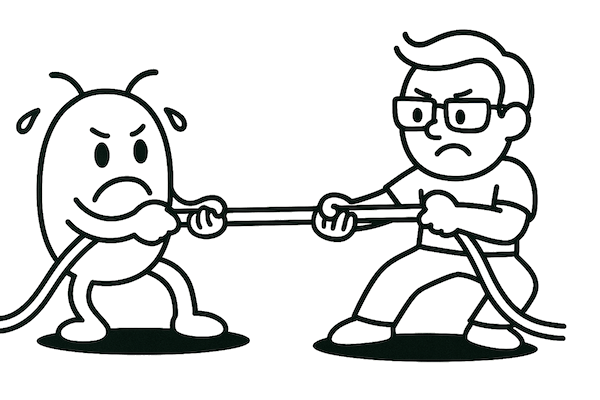In the early years of software development, the primary focus was on writing code, and the responsibility for finding errors fell entirely on the programmers. However, as software complexity increased, it became clear that a systematic approach to verifying functionality was necessary.

Early Steps: 1940-1960
In the 1940s, when the first computers emerged, testing was an informal process-programs were verified directly by their creators. Code was written on punch cards, and every mistake required manual corrections.
During the 1950s, testing began to evolve into a separate discipline. At the time, many saw testing merely as debugging, but a broader understanding gradually emerged: testing should not only find errors but also prevent them.
Testing as a Science: 1970-1980
By the 1970s and 1980s, software had grown increasingly complex, leading to large-scale projects where testing became an essential phase of development. During this period, key testing concepts were established:
- Verification and validation - distinguishing between verifying compliance with requirements (verification) and meeting user expectations (validation).
- White-box and black-box testing - approaches that vary based on the tester’s knowledge of the software’s internal logic.
- Automated testing - the first tools for test automation began to emerge.
The Rise of Software Testing: 1990s-2000s
By the 1990s, testing had become an integral part of the software development lifecycle. New development methodologies (V-Model, Agile, and others) emphasized the active involvement of testers at every stage.
Test automation advanced significantly with the introduction of tools such as Selenium, JUnit, and TestNG. This period also saw the rise of continuous testing, where tests were executed throughout the development process.
The Modern Era: 2010s-Present
Today, testing encompasses not only functional verification but also performance, security, usability, and other types of testing. Modern testing concepts include:
- Shift-left testing - testing begins at the earliest stages of development.
- AI and machine learning in testing - automated systems that help identify potential defects.
- DevOps and CI/CD - testing is integrated into the continuous delivery pipeline to minimize errors before release.